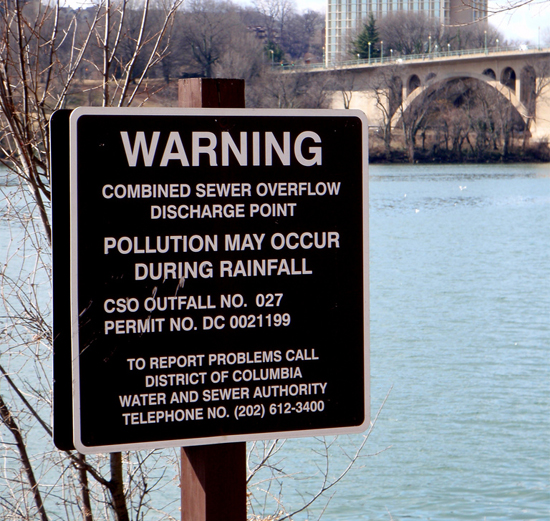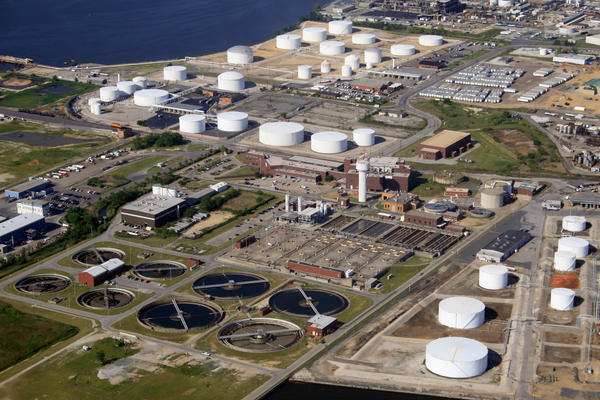Money makes the world go round. That’s a harsh statement, and people may not want to admit it, but to a certain extent, this statement is true. Money is one of the greatest motivators. In the Chesapeake Bay, some question the ability to place a monetary value on something that is a natural resource. After all, how do you quantify beauty? Placing a monetary value on the Bay and its resources may lead to commodification, but that may be a risk that some are willing to take to save it.
An economical argument can be made for the protection restoration of  this natural resource and area. This productive estuary is valued at approximately one trillion dollars due to the goods and services it provides. The one trillion dollars includes the direct industries such as fishing, as well as secondary industries, such as tourism, and real estate.
this natural resource and area. This productive estuary is valued at approximately one trillion dollars due to the goods and services it provides. The one trillion dollars includes the direct industries such as fishing, as well as secondary industries, such as tourism, and real estate. 
Although to some, the Chesapeake Bay may seem pure and clean, but this is an illusion. The bay is very much polluted, mostly from nitrogen and phosphorus run-off, and sedimentation. This pollution poses a threat to human health, jobs in the area, and the sustainability of the system as a whole. Cleaning up the bay can restore its productivity to its fullest potential.
This may include upgrading sewage treatment plans and storm water infrastructure to better handle and eliminate nutrients and pollutants from the water before it enters the watershed.
For the Chesapeake Bay, highlighting the economic benefits may be the best way to motivate conservation and restoration efforts. In this case, maybe the ends justify the means. In this case, maybe it is okay to commodify this resource to save it, however careful monitoring plans will need to be implemented to ensure that commodification and save does not turn into commodification and exploit.
For more reading, check out these links:
A Chesapeake Bay Recovery: Half Empty or Half Full?
Ask a Scientist: How big of an industry is the Chesapeake Bay?
Leave a Reply